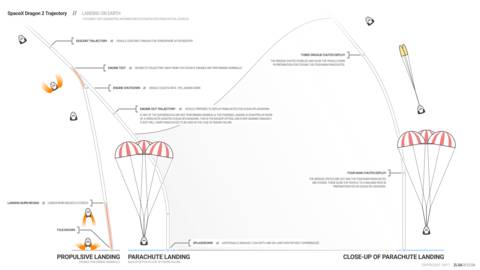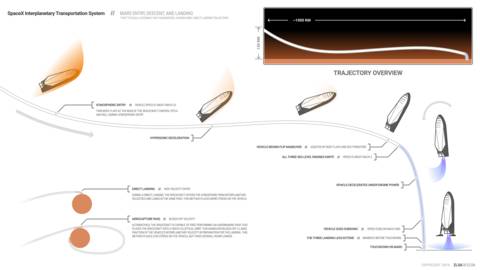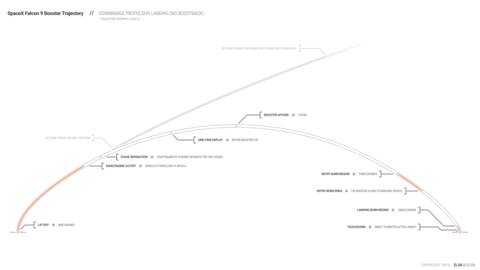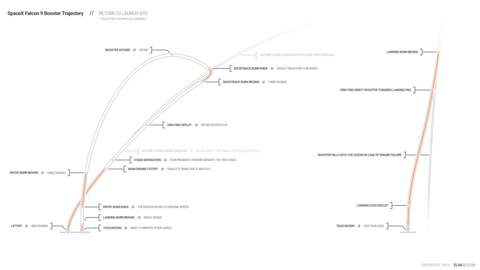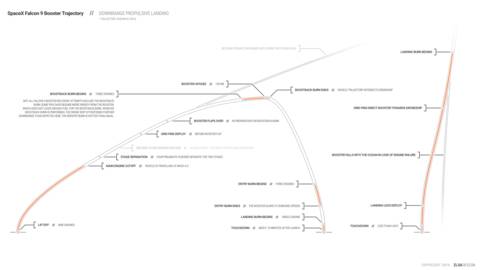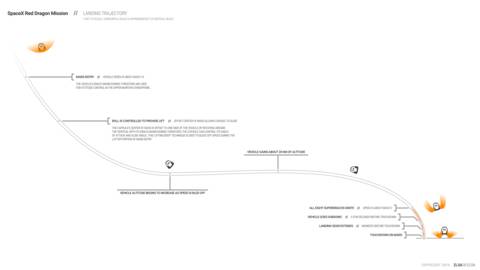art SpaceX Falcon 9 Booster Glide
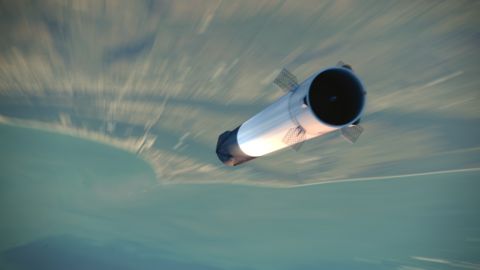
My rendition of a Falcon 9 booster returning to Earth after a launch. The four grid fins are guiding it towards its landing pad as it hurtles downwards at supersonic velocities.
In this image, the Falcon 9 is at about 40km in altitude (with entry burn shutdown having occured seconds earlier) and is less than thirty seconds from the start of the landing burn.
Read more (1 min)


